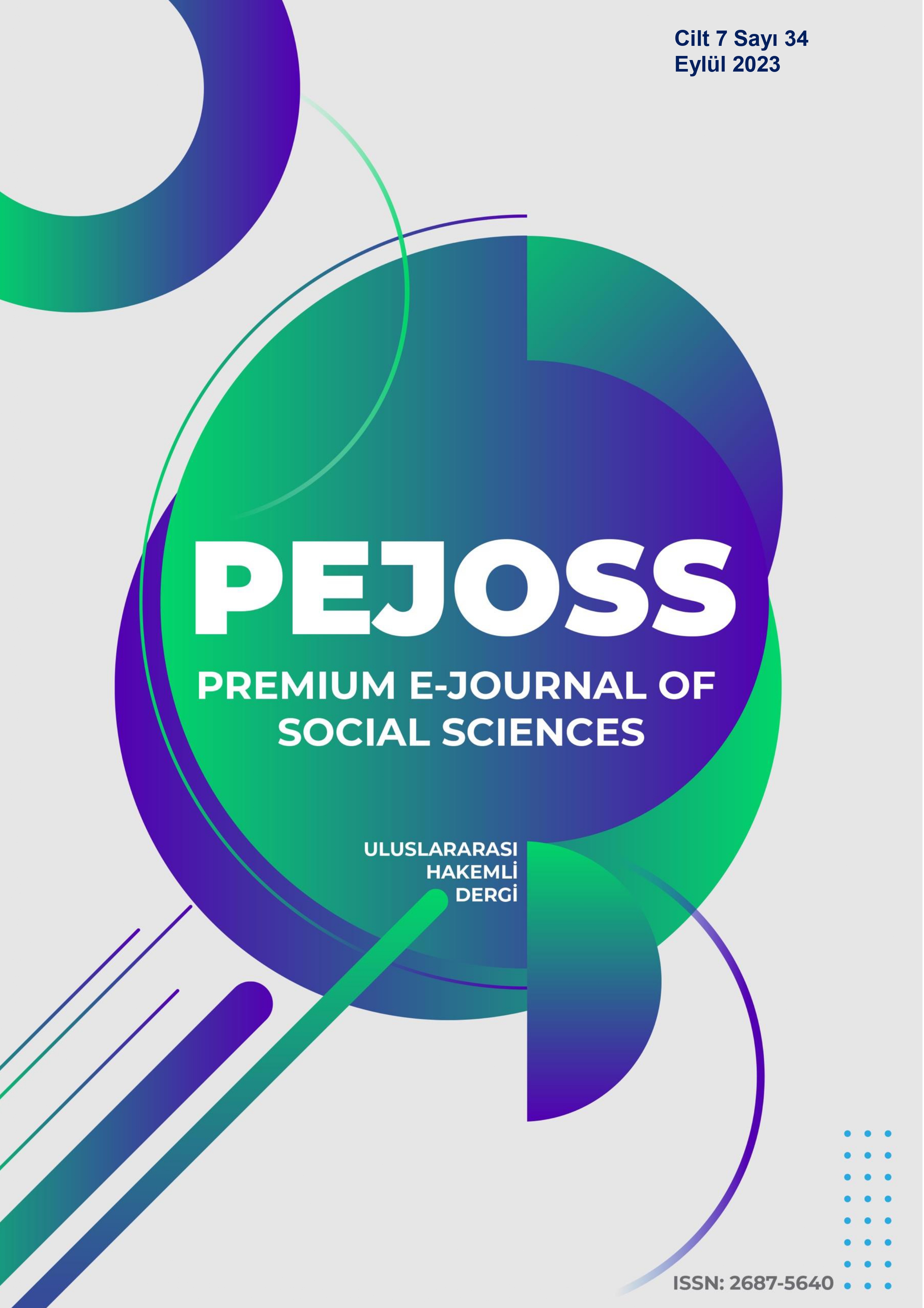Representation of Red Color In Painting from the Renaissance to the Futuristic Period: Work Analysis
DOI:
https://doi.org/10.5281/zenodo.8408992Keywords:
Red, Colour, Renaissance, Artworks, Work analysisAbstract
Color, which has affected human beings from the first stages of history until today, has been reflected in works of art in different forms in every age. The subject of the paintings of the artists, who were affected by the social and religious events of the period, was shaped according to the society they lived in. Artists attach great importance to the use of color in their paintings, which they see as a means of expression to convey emotion and mood. The use of colors in the historical process has added depth to artistic works, and the provision of elements such as light and shadow with colors has brought a different expression to the paintings. Red is one of the important colors that has been discovered as a pigment from prehistoric times to the present and affects human beings. The color red, which is symbolized by arious meanings in different cultures, has a deep-rooted history from the earliest known ages to the present day, from cave walls to canvas surfaces. Different cultural, religious and psychological meanings have been attributed to the color red in every society. In line with these meanings, the reflection of the red color on the works differed from society to society. For example, in some religious beliefs, red symbolizes shame, while in others it represents the holy spirit. These differences in the belief systems of societies showed themselves intensely in the works of the artists. The use of red color and its reflections on the forms of expression in the art of painting in cultural and social terms as a dye in the periods form the basis of this research. In the study, the structure of color, its origin, red paint pigments, the meanings added to the color red, and the use of red color from the Renaissance to the Futuristic period were examined through the works of six artists. The works were tried to be analyzed based on the sections found in the research. This research, which has a qualitative research feature and semiotic method is used, it is aimed to express what kind of effect the color red has on the artists and how this is reflected in the works by examining the works specified in the specified historical periods.
Downloads
References
Apostolos-Cappadona, D. (2008-2009). Kutsal Kırmızı. Kırmızı ve Sanat, 1(50), 31-45.
Ayaydın, A. (2015). Empresyonizm (izlenimcilik) Akımının Güncel Bakış Açısıyla Bazı Yönlerden İncelenmesi. Sanat Eğitimi Dergisi, 3(2), 83-97.
Boztunalı, Z. S. (2016). Resim Sanatında Kırmızı Rengin Serüveni. Sanat ve Tasarım Dergisi, 6(90), 90-114.
Çitoğlu, S. (2008). 1945 Yılı sonrası afişlerdeki renklerin psikolojik boyutları [Yüksek Lisans Tezi]. Gazi Üniversitesi Eğitim Bilimleri Enstitüsü, Ankara.
Erbaş, Ö. (1996). Sanat eğitiminde renk ve renk öğretim yöntemleri [Sanatta Yeterlilik Tezi]. Anadolu Üniversitesi Sosyal Bilimler Enstitüsü, Eskişehir.
Greenfield, A. (2008). Güneşin Rengi. Sanatdünyamız, 1(106), 76-96.
Kavukçu, M. (2006). Resim Sanatında Renk Olgusu Üzerine. Güzel Sanatlar Enstitüsü Dergisi, (9), 57-72.
Pastoureau, M. (2008-2009). Olabildiğince Kırmızı. Kırmızı ve Sanat, 1(50), 18-31.
Yıldıran, A. (2007). Kırmızı. Journal of İstanbul Kültür University, 1(5), 23-29.
Kanat, A. (2001). Renk ve Duyu Psikolojisi.(1. Baskı). İlya Yayınevi.
https://www.matematiksel.org/dusuncenin-resmi-atina-okulu/.
https://tr.wikipedia.org/wiki/Hieronymus#/media/Dosya:Caravaggio_-_Saint_Jerome_Writing,_c1606.jpg.
https://www.art-trade.de/Kuenstler/Cezanne/Paul-Cezanne-Knabe-mit-roter-Weste-3.jpg.php.
https:/sanatabasla.com/2015/01/kirmizi-oda-the-red-room-matisse/.
Downloads
Published
How to Cite
Issue
Section
License
Copyright (c) 2023 Premium e-Journal of Social Science (PEJOSS)

This work is licensed under a Creative Commons Attribution 4.0 International License.


